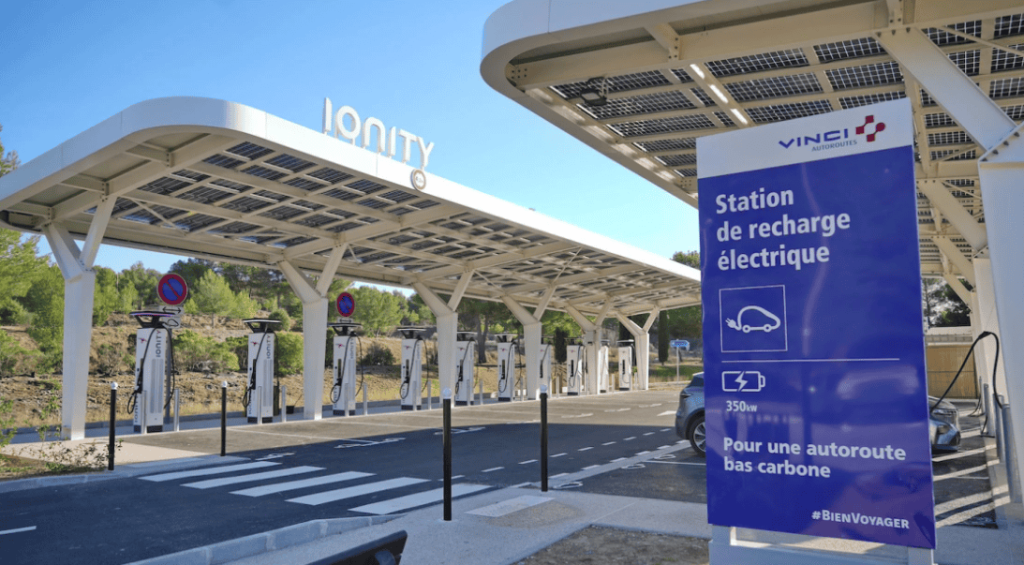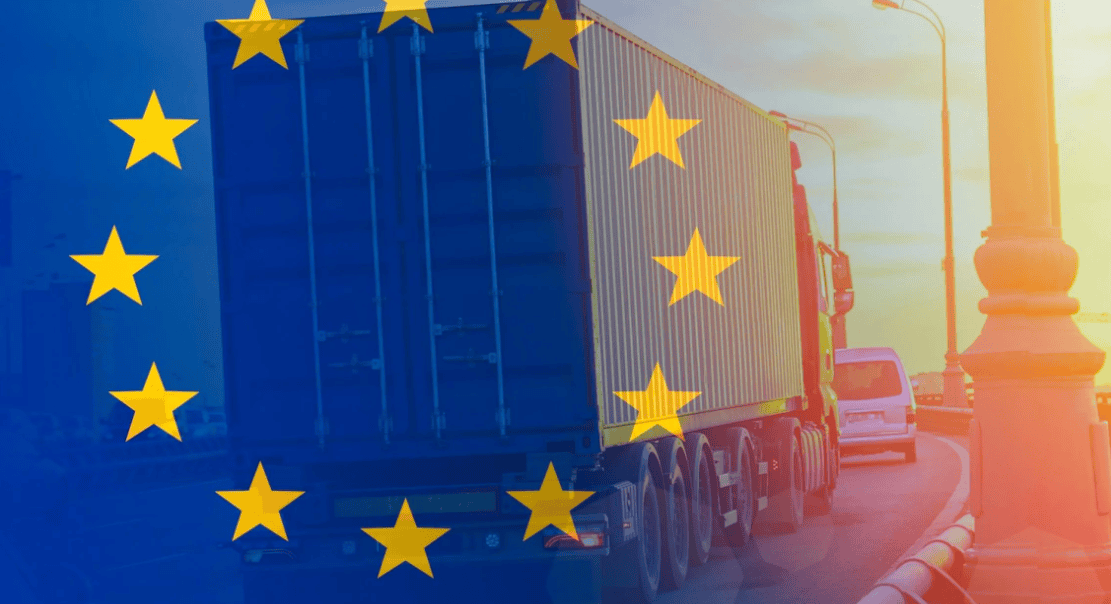Fuel excise duties are a substantial source of tax revenue for many countries as well as a tool for pricing the climate and non-climate externalities of road transport. This column examines how the decarbonisation of the French economy will affect both tax receipts and the pricing of road externalities. The authors calculate that road transport electrification will reduce tax receipts from fuel excise duties by €30 billion in 2050, while the pricing of non-climate negative externalities from electric vehicles will decline to only half their current cost to French citizens.
Fuel excise duties have a longstanding role in generating tax income in France, especially excise duties on refined petroleum products. In 2019, excise duties on refined petroleum products, natural gas, and electricity earned €43 billion net income (or 1.8% of GDP) for the French government, with 80% coming from fossil fuels (refined petroleum products, natural gas) and the rest from electricity. Among fossil fuel excise duties, around 90% came from transportation fuels.
At the same time, fossil fuel excise duties in France currently constitute the main form of marginal pricing of climate and non-climate externalities for road transport. While originally introduced for revenue-generating reasons, fuel excise duties provide incentives to reduce energy consumption and vehicle use, thus constituting an implicit form of negative externality pricing. Their incentivising ability has been increasingly harnessed to mitigate climate change, with an explicit ‘carbon component’ added in France to the excise duty for the main road and heating fossil fuels in 2014. However, road transport generates many external costs other than greenhouse gases, including local air pollution, road fatalities, noise, infrastructure wear and tear, and congestion. Excluding congestion and non-exhaust air pollution,around 50% of those external costs could be attributed to specific features of internal combustion engine (ICE) vehicles in 2015, namely, GHG emissions and local air pollution, whereas other costs also apply to electric vehicles (EVs). Excise duties covered about 60% of road transport externalities (excluding congestion and non-exhaust air pollution).
With successful decarbonisation, total excise tax revenues in France will decrease by €30 billion in 2050 if the tax system remains unchanged
The substitution of fossil fuel consumption with electricity and other low-carbon fuels is critical for reducing greenhouse gas (GHG) emissions. Looking forward, it will also cause a decline in excise duty revenues for several reasons. First, electricity excise duty rates tend to be lower than those of fossil fuels, especially in road transport. Second, electrification (of cars, of heating systems through heat pumps, etc.) induces energy efficiency gains that reduce final energy consumption. The shift from ICE vehicles to EVs, in particular, is expected to make a dent in excise duty receipts according to several analyses (Thygesen et al. 2022, OBR 2021, HM Treasury 2021, IMF 2023, Resolution Foundation 2023, Lord and Palmou 2021).
This trend is already observable elsewhere. Data from Scandinavian countries, where passenger vehicle electrification rates are among the highest in the world, show a steady decline in road fuel tax receipts since 2010 (see dotted lines on Figure 1). The data show an even stronger decline in registration and property tax receipts in Norway and Denmark, where they have been, until recently, leveraged to incite EV uptake through exemptions (see solid lines on Figure 1).
Figure 1 Levies from road transport in Scandinavian countries from 2010 to 2022


Source: National statistics, OECD, French Treasury calculations.
Notes: Figures include fuel excise duties, carbon taxes, registration and ownership taxes, toll revenues, and other residual taxes that may vary from one country to another (e.g. recycling or insurance taxes); they do not include VAT revenues. They do not correspond to the same sectoral perimeter in each country (only cars for Norway, the entire road sector for the others), nor the same scope of fuel taxes (no data on carbon tax revenues from the road sector in Denmark; fuel taxes correspond only to gasoline for Denmark and Sweden but include diesel for Norway).
The French Treasury has investigated future trends in excise tax revenue specifically for France up to 2050 (Direction Générale du Trésor 2023). Using economy-wide projections for the consumption of refined petroleum products, natural gas, and electricity under a preliminary draft of the French national long-term decarbonisation strategy and current net excise tax rates (assumed to be constant), we find that decarbonisation could lead to a loss of excise tax revenue of €30 billion. This loss would be driven mostly by the declining use of fossil fuels (–€33 billion), while additional revenues from increased electricity consumption could bring an additional €3 billion.
Figure 2 Net fuel excise tax revenues in the French national long-term decarbonisation strategy at current tax rates


Source: Ministry of the ecological transition for energy consumption projections, French Treasury calculations.
Notes: Excise duty revenues from fossil fuels include the excise tax on refined petroleum products and natural gas. Figures do not include VAT on excise duty or on energy prices. These projections have been made on the assumption of constant energy prices. We do not take into account indirect effects on corporate income tax, nor tax changes planned or considered by the 2024 French budget projection or implemented in 2024.
An overlooked aspect of road decarbonisation: The reduction in externality pricing induced by vehicle electrification
Road transport decarbonisation will also impact externality pricing. We use projections for road mobility patterns up to 2050 from the French national long-term decarbonisation strategy (distances travelled by each mode, efficiency improvements, powertrain changes) to assess the evolution of main road transport externalities. Shadow prices of externalities are taken from analyses conducted by the French Ministry of Environment.They are assumed constant over time except for GHG emissions, for which we use the French official shadow price of carbon (France Stratégie 2019), which is set to increase from €87/tCO2e in 2020, to €250/tCO2e in 2030 and €775/tCO2e in 2050 – the date at which the economy is set to have become carbon neutral (France Stratégie 2019). Road transport marginal pricing schemes are assumed to remain constant and include fuel excise duties, road tolls, annual ownership taxes, and annual insurance taxes.
Health and environmental damage from road transport is expected to decrease substantially by 2050, but levies on drivers may decrease even more. Indeed, electrification and increased fuel economy lead to a large reduction of external costs incurred from GHG emissions and exhaust air pollution – from €5.1 cents/vehicle-kilometre (vkm) to €0.4 cents/vkm. At the same time, they lead to a similar decrease in taxation from excise duties – from €5.5 cents/vkm to €0.8 cents/vkm. Other externalities (e.g. infrastructure wear and tear, road fatalities) remain constant but will end up being little priced. The coverage of externalities could decline from 90% to 55% by 2050 as a result of those trends.
Figure 3 Projected marginal pricing of external costs from road transport in France under the official net zero scenario, on average across all road transport modes


Source: French Treasury calculations.
Note: Figures shown correspond to the average of marginal pricing and marginal cost across road transport modes weighted by their market share in vehicle-kilometres travelled; c€/vkm is cents of euro per vehicle-kilometre.
Policy implications
Net zero targets are leaving governments with a complex task: decarbonising the economy, including through electrification, while also ensuring the sustainability of public finances and adequately pricing climatic and non-climatic externalities.
The economic literature provides some insights on ways to meet those goals. In terms of externality pricing, a first-best recommendation for road transport taxation is to ensure that marginal pricing is consistent with marginal costs from vehicle use at any given time and place (ITF 2023). Carbon pricing is the most efficient tool to deal with climate externalities. For other externalities, a distance charge differentiated by vehicle type, time of day, and place would be an efficient solution that could address excise tax revenue erosion and avoid a reduction in externality pricing. Currently, the prevailing form of road charging across the world is highway tolls. Some schemes also apply to other types of roads and modulate the charge by distance travelled or other criteria. Germany introduced MAUT in 2005, a GPS distance charging system for trucks. While less optimal from an economic efficiency standpoint, the purely distance-based road charges in Australia, New Zealand, and the US – which apply exclusively to EVs in some cases – are easier to implement. However, such schemes may prove unpopular and hamper EV uptake if aimed specifically at EVs.
For various reasons ranging from social acceptability to mitigating distributive impacts between households and firms, second-best options might be considered. They include increased property or registration taxes. Scandinavian countries, faced with declining revenues from such taxes, are now starting to phase down exonerations that benefit EVs. Some countries introduced registration surcharges at the local or national level exclusively for EVs (the US, Canada, Singapore). While property or registration taxes are easier to implement, they are usually less efficient at incentivising socially favourable vehicle use and may reduce vehicle turnover in the case of registration taxes, thereby slowing down electrification. Differentiating those charges by vehicle characteristics and vehicle use patterns to better reflect the externalities generated could improve their efficiency.
Policy considerations in the short- to medium-term differ from those in the longer run. In the next few decades, the decarbonisation imperative calls for cautiousness: new levies should avoid hindering the rise in EV market share in new vehicles sales – at least until the EU ICE ban comes into play in 2035. In the longer run, once electrification has been achieved, there will be more room for structural changes in road taxation to maximise economic efficiency. Further research is needed to identify taxes fit for the net zero economy.
Source : VOXeu



































































